
This goal of this post is to explain decentralized finance in as few sentences and as fast as possible in plain English.
Terms
Bank , a business that makes money providing credit.
Credit, means credit cards and loans like those used to buy cars and homes.
Interest, the fee or money you pay the bank for borrowing money in the form of credit cards or loans.
Stability fee is the same as interest.
Default, you are in default if you don’t pay your credit card bill or loan payments for two or more months. Aldo if the value of your asset falls below a predetermined value.
Default fee: extra money you pay the bank on top of your loan balance if you default.
Liquidate: if you default on your loan used to buy your car or home the bank takes your car or house and sells it to pay off your loan.
Liquidation fee is the same as a default fee.
Debt: money you owe the bank for credit card balances or loans.
Credit Facility is another name for a bank on a blockchain like the MakerDao or DJED.
Collateralized Debt product is another name for a loan granted you in exchange for the title or ownership papers of your collateral.
Collateral, an asset like a car, home or cryptocurrency, whose ownership papers are held by a bank or credit facility when you borrow money and use the asset as security for the loan.
Agree with liquidation. If you offer an asset as security for a loan, you agree the bank or credit facility can sell your asset if you default on your loan or the value of your collateral falls below a certain dollar value.
Ownership papers: For a car it’s the title and for cryptocurrency it’s your keys.

Other Concepts
Loans are a Debt
Loans are a Product created by a bank or a credit debt facilities.
Loans are secured or Collateralized.
In the Decentralized Finance World, Loans are called “Collateralized Loan Products“ and also called
“Collateralized Debt Products”.
Collateralized Debt Products are also called by their abbreviation “CDPs”.
Loan to Value Ratio
Traditionally, a bank doesn’t loan you 100% of the value of an asset. It loans you a percentage. If the bank loans you 50% of the assets value, the loan to value ratio is 50%.
Collateralization Ratio
Credit Debt Facilities don’t use a loan to value ratio, they use something called a Collateralization Ratio. It is the inverse or opposite of a loan to value ratio.
In a loan to value ratio you create a fraction with the loan value on top (numerator) and asset value on the bottom. (denominator).
In a Collateralization ratio the value of the asset is on top, and the loan is on the bottom. If the asset is worth two dollars and the loan one dollar the collateralization ratio is 2:1 or 200%.
Liquidation
If you don’t pay your loan, the bank sells your asset, the car or your home you pledged as security or collateral and sells it to get back the money it loaned you. This process is called repossession in America in the case of a car or foreclosure in America the case of your home. In the world of decentralized finance the bank or “credit debt facility” will also liquidate your assets if your collateralization ratio drops below a pre-agreed upon number.
Vault: the name for your account at a “credit debt facility” or Bank on the blockchain.
Competitive suction.
If you default on your collateralized debt product, the credit debt facility will sell your asset. To lessen the downward selling pressure on the value of the asset, the asset is not sold on an exchange. Instead it’s sold in an auction where people make bids and the highest bid wins.
Over capitalization of CDP: the value of your asset in the vault collateralizing your loan or CDP is above the collateralization ratio number which triggers liquidation of your assets. This is a good.
Under capitalization of CDP, this is the opposite of over capitalization, as the value of your asset means your collateralization ratio is “at or below” the number which triggers liquidation of your assets. This is bad.
Decentralized finance profit motive for CDP or collateralized debt products. Investors take out loans on cryptocurrency they are holding long term so they can earn money from the appreciation of the cryptocurrency asset and use the loan funds to invest in another asset that generates an additional return on capitol. This means multiple streams of income from the original capitol investment and an increased return on investment.
Tokenization: the representation of a physical asset Ads digital token.
Fractional ownership.
After a physical asset is tokenized investors can buy very small portions of an investment and these small ownership portions are called fractions.
Profit motive for Tokenization and fractional sales. This allows an owner of an asset to sell fractions of the asset to generate cash without selling the entire asset or losing control or majority ownership of the object. This fractional ownership also allows a small investor the opportunity to earn money from the appreciation of expensive assets they normally could afford to invest in. Lastly it allows both small and large investors to reduce their risk by reducing the amount of capitol they are required to invest in a single project, thus allowing them to invest in a greater number of projects and this diversification reduces their risk.
That’s the end of this post called decentralized finance for busy people.
✍️ By Shortsegments

Shortsegments is a blogger or writer on the Steemit platform for 24 moons.
Please follow @shortsegments Twitter Feed Here
Thank you
Please Support my blog by upvoting or sending me cryptocurrency to one of my wallets below
Thank you
BITCOIN BTC
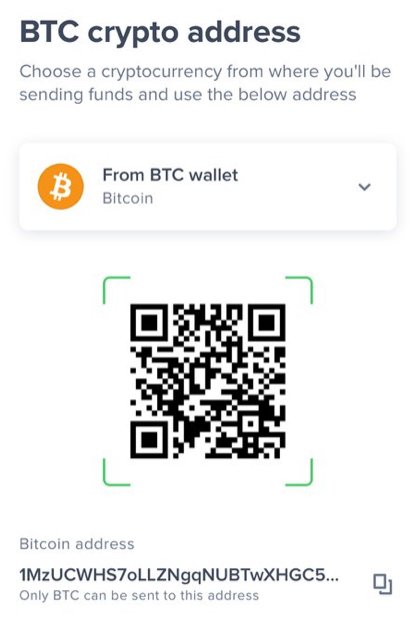
Thank you
ETHEREUM
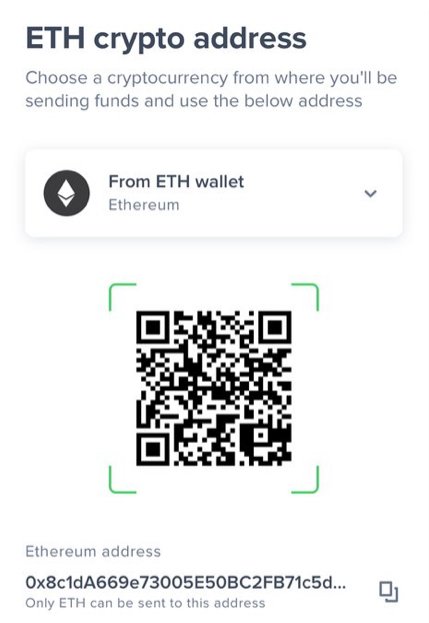
Thank you
LITECOIN
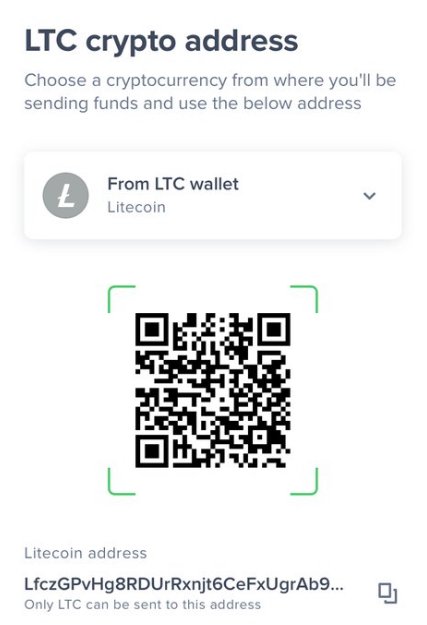
Thank You
DASH
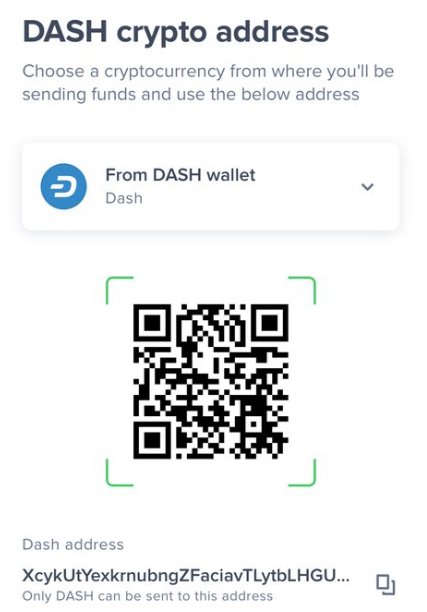
Thank you
BITCOIN CASH
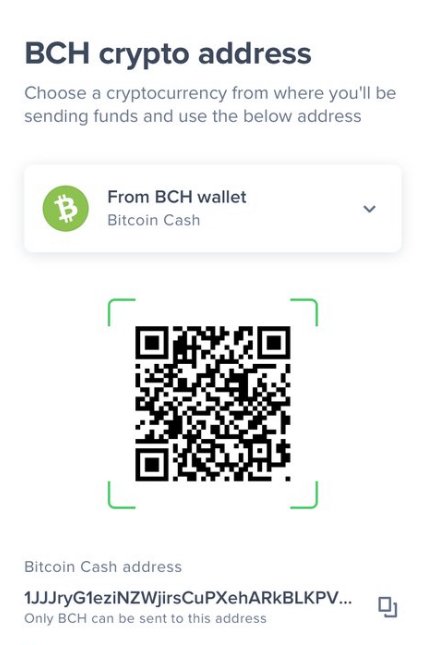
Thank you
BAT; BASIC ATTENTION TOKEN
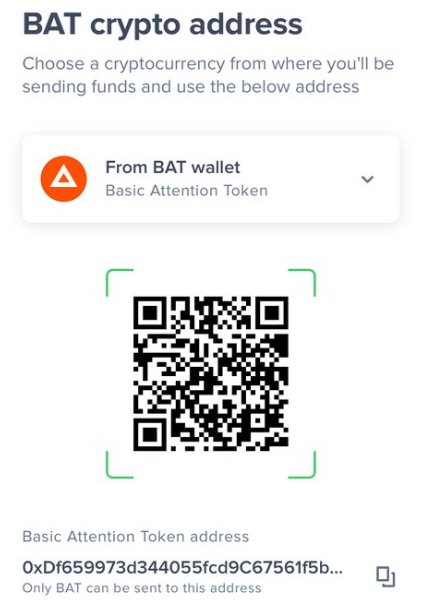
Please follow @shortsegments Twitter Feed Here
Quick Read
This was a nice short post. I appreciate the work you put in the longer posts, but I liked this as a quick read.
Downvoting a post can decrease pending rewards and make it less visible. Common reasons:
Submit
!giphy good+job
Downvoting a post can decrease pending rewards and make it less visible. Common reasons:
Submit
giphy is supported by witness untersatz!
Downvoting a post can decrease pending rewards and make it less visible. Common reasons:
Submit
!popcorn
Downvoting a post can decrease pending rewards and make it less visible. Common reasons:
Submit
Downvoting a post can decrease pending rewards and make it less visible. Common reasons:
Submit
Competitive auction.
This is the part that failed on the MakerDao.
If you default on your collateralized debt product, the credit debt facility will sell your asset. To lessen the downward selling pressure on the value of the asset, the asset is not sold on an exchange. Instead it’s sold in an auction where people make bids and the highest bid wins.
Downvoting a post can decrease pending rewards and make it less visible. Common reasons:
Submit